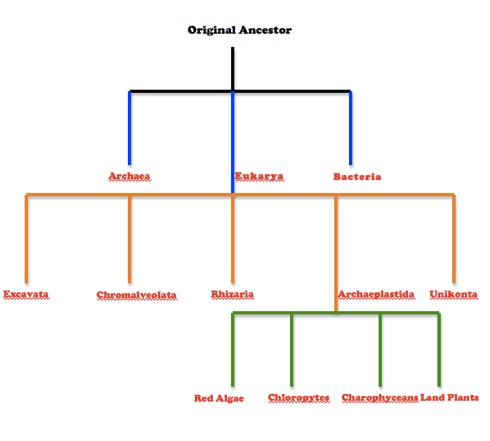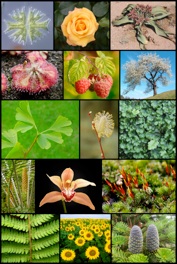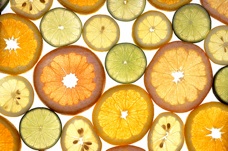Classification

Domain: Eukarya
Kingdom: Plantae
Phylum: Magnoliophyta
Class: Magnoliopsida
Order: Sapindales
Family: Rutaceae
Genus: Citrus
Species: Citrus Sinensis
Citrus sinensis belongs to the domain Eukarya because it is a eukaryotic organism, meaning that the cells have a true nucleus, possess membrane-bond organelles, and the genetic material is DNA.
Citrus sinensis belongs to the kingdom Plantae because it is multicellular, has cell walls made of cellulose, and participates in photosynthesis via chloroplasts. Another organism that is classified in the Plantae kingdom is the Sweet Violet (Viola ordata)
Citrus sinensis belongs to the phylum Magnoliophyta (Angiosperms) because it is a flowering plant that uses a fruit body to protect its seeds.
Citrus sinensis belongs to the class Magnoliopsida because it shows characteristics of being a Dicotyledon such as secondary growth, non-parallel veins, and the presence of two cotyledons in their seeds.
Citrus sinensis belongs to the order Sapindales because it is a woody tree and this order consists of woody trees and shrubs.
Citrus sinensis belongs to the family Rutaceae, because these plants are often characterized as trees and shrubs, usually having strong scents.
Citrus sinensis is placed in the Citrus genus because the organisms in this family are generally edible and are a good source of vitamin C.





